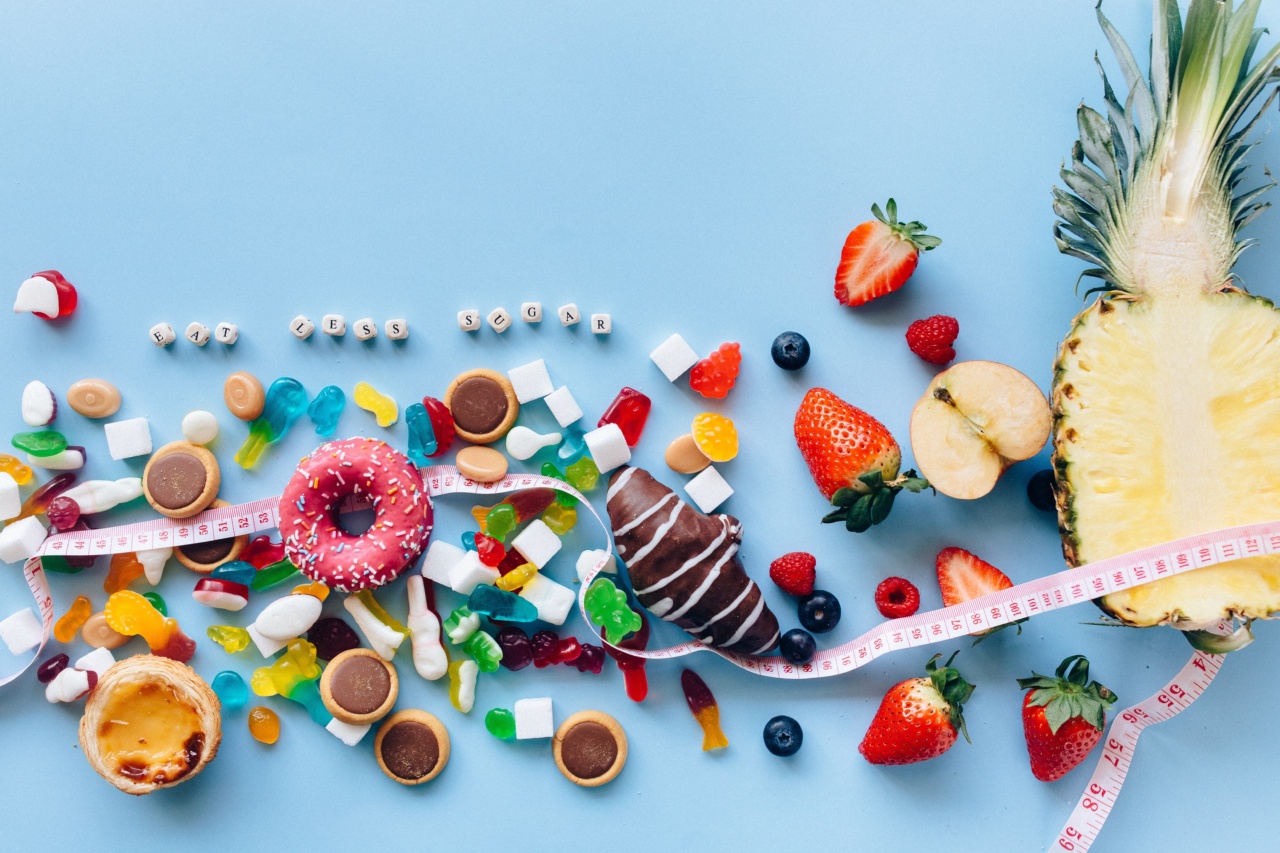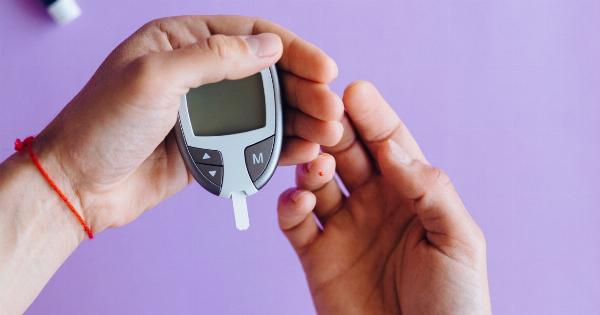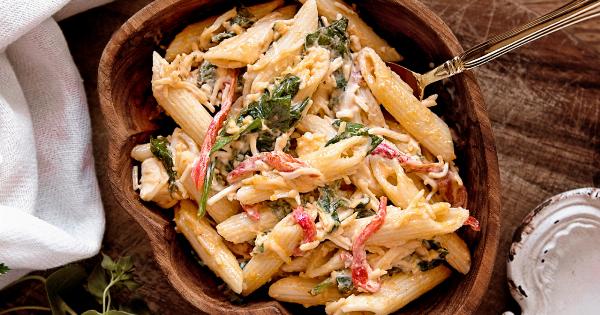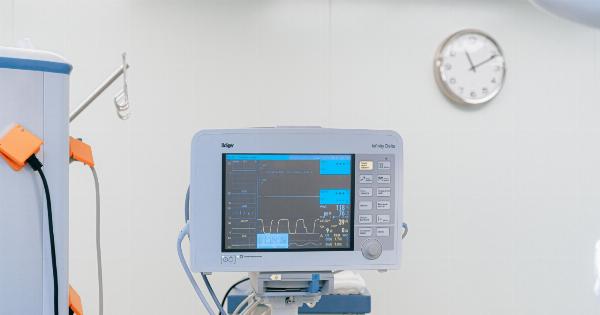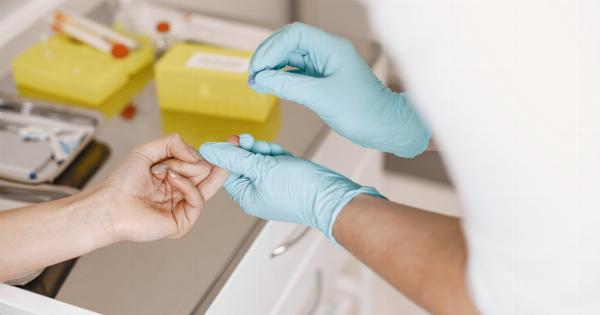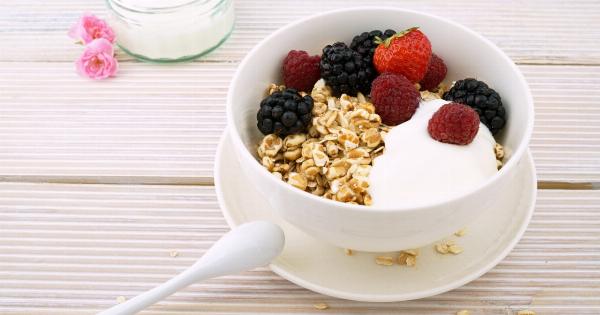For people with diabetes, managing their daily intake of carbohydrates and sugar is crucial to maintaining healthy blood sugar levels. Fruits, being a natural source of sugar, are often thought of as a food to avoid for people with diabetes.
However, fruits can be a part of a healthy diet for people with diabetes, as long as they are consumed in moderation and with consideration to their carbohydrate content.
The impact of fruits on blood sugar levels
Fruit contains two types of sugars – fructose and glucose. Fructose is a natural sugar found in fruits and vegetables, while glucose is found in all types of carbohydrates, including fruits.
The glycemic index (GI) is a measure of how quickly a food raises blood sugar levels.
Foods with a high GI can cause a rapid spike in blood sugar levels, while foods with a low GI are more slowly absorbed and result in a more gradual rise in blood sugar levels.
Most fruits have a low to medium GI, meaning they are less likely to cause a rapid spike in blood sugar levels. However, some fruits have higher GI values, such as pineapples and watermelons.
It’s important to know the GI values of the fruits you consume so that you can make informed decisions about portion sizes and combinations.
The role of fiber in fruits for diabetes
Fiber is an important nutrient for people with diabetes because it helps slow down the absorption of sugar into the bloodstream.
Fruits that are high in fiber tend to have a lower GI value and, as a result, have a less significant impact on blood sugar levels.
Examples of high-fiber fruits include raspberries, blackberries, and strawberries. Other fruits, such as apples and pears, are also high in fiber and can be a good addition to a diabetic diet when consumed in moderation.
The best fruits for people with diabetes
There are many types of fruits that can be included in a healthy diabetic diet. Here are a few examples of fruits that are particularly beneficial for people with diabetes:.
1. Berries
Berries, such as strawberries, blackberries, and raspberries, are low in calories and high in fiber. They also have a low GI value, making them a good choice for people with diabetes.
These fruits can be eaten fresh or frozen and can be added to smoothies or desserts.
2. Apples
Apples are packed with fiber and have a lower GI value than many other fruits. They also contain antioxidants, which can help reduce the risk of heart disease in people with diabetes.
Apples can be eaten whole or sliced and can be used as a topping for oatmeal or yogurt.
3. Oranges
Oranges are a great source of vitamin C and fiber. They also have a low GI value, making them a good choice for people with diabetes. Oranges can be eaten whole or sliced and can be added to salads or used in marinades for meats and seafood.
4. Cherries
Cherries are high in antioxidants and have been shown to help reduce inflammation in people with diabetes. They also have a lower GI value than many other fruits.
Cherries can be eaten fresh or frozen and can be used in desserts or as a topping for yogurt or oatmeal.
5. Kiwi fruit
Kiwi fruit is packed with fiber and vitamin C. It also has a low GI value, making it a good choice for people with diabetes. Kiwi fruit can be eaten whole or sliced and can be added to salads or used as a topping for yogurt or oatmeal.
Fruit portions for people with diabetes
While fruits can be a part of a healthy diabetic diet, it’s important to pay attention to portion sizes to avoid consuming too much sugar and carbohydrates. Here are a few guidelines to follow when it comes to fruit portions:.
- 1 small apple or orange
- 1/2 cup of fresh or frozen berries
- 1/2 medium banana
- 1 small kiwi fruit
- 1/2 cup of canned fruit in natural juice
- 2 small plums
It’s also important to note that fruit juices should be consumed in moderation. Fruit juice often contains added sugars and has a higher GI value than whole fruits. Consuming whole fruits instead of juice can help with managing blood sugar levels.
Conclusion
Fruits can be a part of a healthy diabetic diet when consumed in moderation and with consideration to their carbohydrate content. It’s important to pay attention to portion sizes and to choose fruits that have a low to medium GI value.
Incorporating high-fiber fruits into your diet and avoiding fruit juices can also help with managing blood sugar levels.
